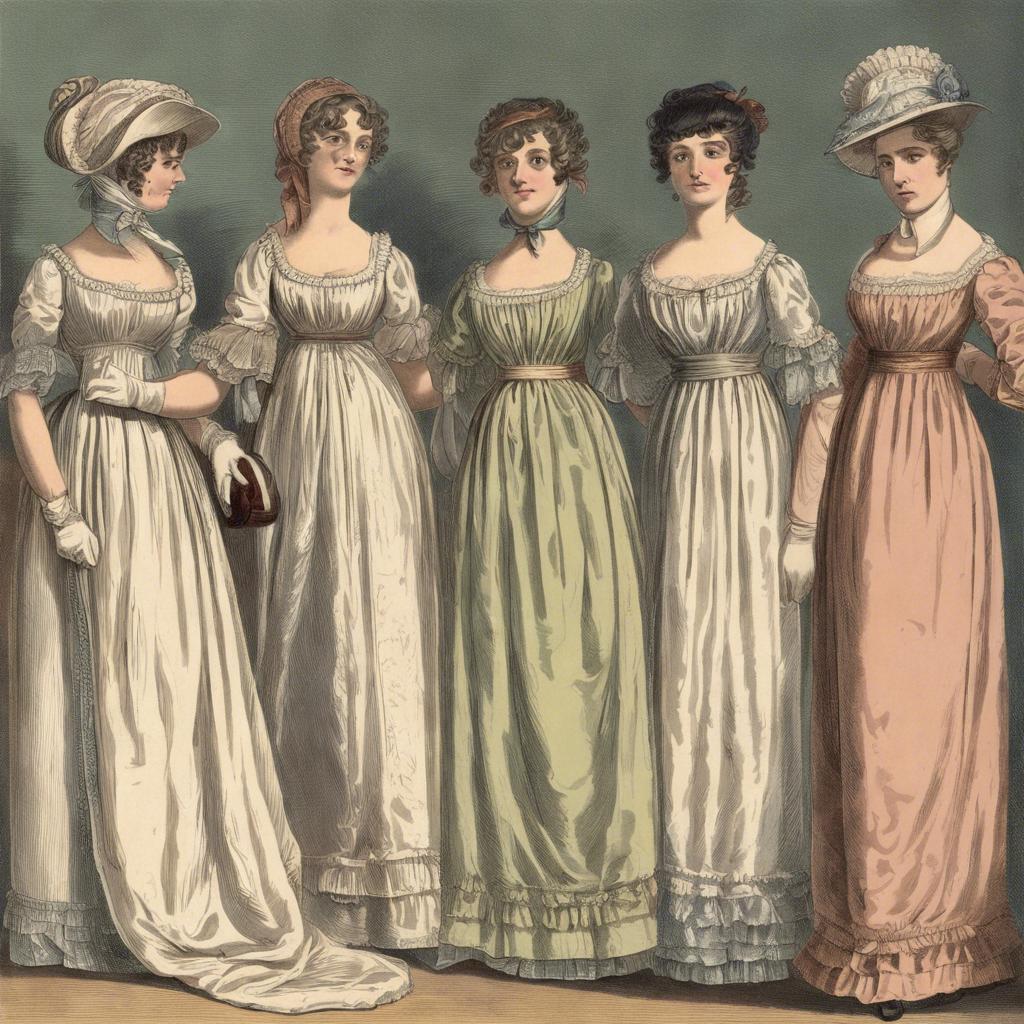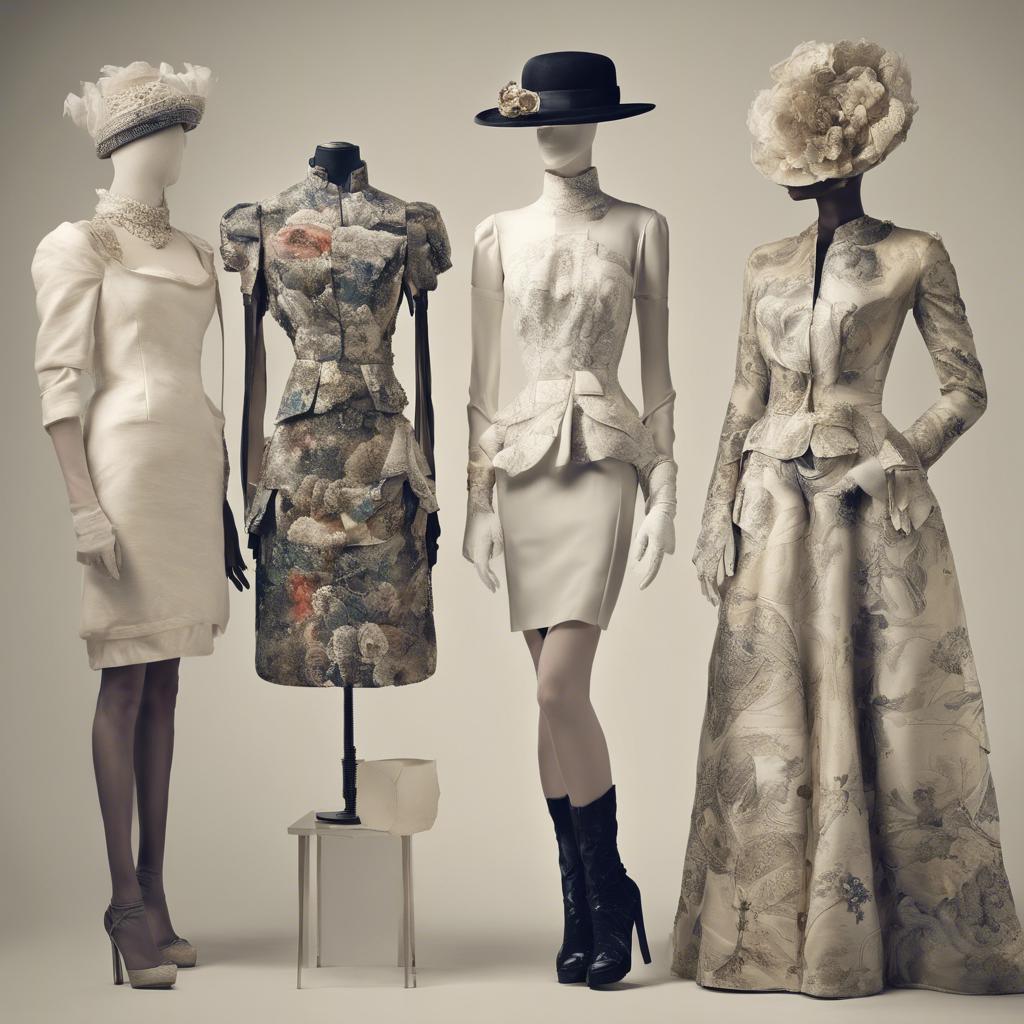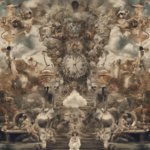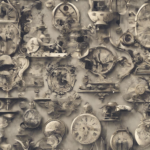During the early 19th century, a period marked by elegance and refinement, the Regency era ushered in a new sense of fashion that revolutionized the way people dressed. From the high-waisted silhouettes to the delicate fabrics and intricate embellishments, Regency era clothing not only reflected the societal norms and values of the time, but also served as a form of expression and social status. In this article, we will explore the evolution of Regency era clothing, from the elaborate gowns of the elite to the practical attire of the working class, shedding light on the intricate details and craftsmanship that defined this iconic period in fashion history.
Step Into the World of Cheryl Bolen
Dive into the enchanting stories of love, intrigue, and elegance set in the Regency Era. Cheryl Bolen's novels offer timeless romance and captivating tales that will leave you wanting more.
Explore Cheryl Bolen's Books Now
Introduction to Regency Era Clothing
The Regency Era, spanning from 1811 to 1820, was characterized by a shift in fashion that emphasized simplicity, elegance, and natural beauty. Regency Era clothing reflected the societal changes and cultural influences of the time, with styles that were influenced by classical Greek and Roman garments. Women’s clothing, in particular, featured high waistlines, empire silhouettes, and lightweight fabrics such as muslin and silk.
One iconic piece of Regency Era clothing is the Empire waist dress, which became popular during the reign of Napoleon Bonaparte’s first wife, Empress Joséphine. This style featured a high waistline that sat just below the bust, creating a flattering and elongated silhouette. Women often accessorized these dresses with delicate shawls, gloves, and bonnets adorned with feathers and flowers.
Men’s fashion during the Regency Era was equally as elegant, with tailored coats, waistcoats, and breeches being the staple garments of the time. The tailcoat, also known as a “cutaway coat,” was a popular choice for formal occasions, while the Spencer jacket became a fashionable alternative for more casual events. Men completed their look with top hats, cravats, and leather boots, exuding an air of sophistication and refinement.
Elegant Silhouettes and Fabrics of Regency Fashion
During the Regency era, fashion underwent a significant transformation, with elegant silhouettes and luxurious fabrics becoming the hallmarks of the period. Women’s clothing, in particular, emphasized a high waistline, creating a long and slim figure that was accentuated by flowing skirts and delicate details. The use of fine fabrics such as silk, muslin, and satin added to the opulence of Regency fashion, allowing women to showcase their social status and refinement.
Key features of Regency era clothing included:
- Empire waistlines that sat just below the bust, creating a flattering and elongated silhouette.
- Sheer fabrics like muslin and chiffon that draped beautifully and added a sense of delicacy to garments.
- Elaborate embroidery, lace, and ruffles that adorned dresses, adding a touch of femininity and elegance to the overall look.
Men’s fashion during this period also saw a shift towards more refined and tailored garments, with a focus on simplicity and elegance.
- Tailcoats and waistcoats became staple pieces in men’s wardrobes, often made from fine wool or silk fabrics.
- Breeches were commonly worn, paired with stockings and polished leather shoes.
- Accessories such as cravats, top hats, and gloves were essential to complete the Regency gentleman’s ensemble, adding a touch of sophistication to their look.
Accessories and Hairstyles: Key Elements of Regency Style
In the world of Regency fashion, accessories and hairstyles play a crucial role in completing the overall look. Whether you are donning a simple day dress or an elegant evening gown, the right accessories can elevate your outfit to true Regency style. From delicate gloves to ornate hairpieces, these key elements add a touch of sophistication and glamour to any ensemble.
When it comes to accessories, pearls are a staple of Regency fashion. A string of pearls can instantly add elegance to a high-necked gown or a simple shift dress. For a more formal occasion, consider adding a sparkling tiara or a feathered fan to your look. These accessories were popular among the fashionable elite of the Regency era and will help you channel your inner Jane Austen heroine.
Hairstyles are another essential aspect of Regency style. Women often wore their hair in intricate updos adorned with ribbons, bows, and flowers. The classic Regency hairstyle features soft curls framing the face, with a neat bun or chignon at the nape of the neck. To achieve this look, consider investing in a set of hair combs and pins to help secure your style in place. With the right accessories and hairstyles, you can truly embody the elegance and refinement of the Regency era.
Tips for Incorporating Regency Era Fashion into Modern Wardrobes
One way to incorporate Regency era fashion into modern wardrobes is to start by adding key pieces inspired by the time period. Look for empire waist dresses, high-waisted trousers, and oversized sleeves to capture the essence of Regency style.
Another tip is to mix and match Regency era pieces with contemporary items to create a unique and modern look. Pair a delicate Regency blouse with a pair of high-waisted jeans or a Regency-inspired jacket with a sleek pair of trousers for a stylish contrast.
Don’t forget to pay attention to details when incorporating Regency fashion into your wardrobe. Look for accessories such as lace gloves, cameo brooches, and feathered headpieces to add a touch of authenticity to your outfit. By paying attention to the small details, you can truly capture the elegance and sophistication of the Regency era in your modern wardrobe.
In Conclusion
the regency era was a time of immense cultural and sartorial change, marked by the transition from the elaborate styles of the Georgian period to the more refined and elegant fashion of the early 19th century. From the high-waisted gowns and tailored coats of the upper class to the simple muslin dresses and breeches of the working class, regency era clothing reflected the social hierarchy and values of the time. The dedication to craftsmanship and attention to detail in these garments showcase the craftsmanship and artistry of the era. As we continue to study and appreciate regency era clothing, we gain a deeper understanding of the historical context and influences that shaped this distinctive period in fashion history.


